Momoyama district is the place where Fushimi Castle was built by Toyotomi Hideyoshi during the Azuchi-Momoyama period (1568-1600). Hideyoshi, as the most powerful man of the Warring States Period, used Kyoto as a base to show off his successful unification of the country. He had an earthen embankment and moat constructed to surround the entire city of Kyoto, which is called “Odoi.” In addition, he ordered the construction of Jurakudai Castle in the center of the city, and the Hokoji-temple Daibutsuden ("Giant Buddha" Pavilion) at Higashiyama Shichijo, which is larger than the Daibutsuden at Todaiji temple in Nara. Covering all of the internal and external surfaces of these newly constructed buildings were elaborate decorations representing the best designs of the time.
The roof eaves of Jurakudai and Fushimi castles, which were constructed with gold-leaf tiles, must have looked shiny from a distance. These gilt roof tiles certainly represent the stunning culture of the Azuchi-Momoyama period.


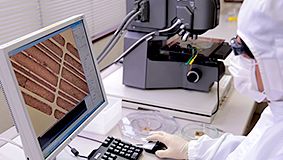





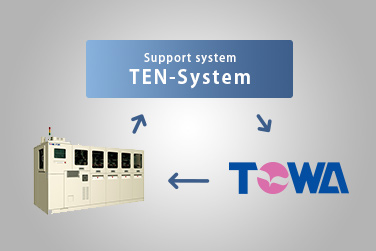


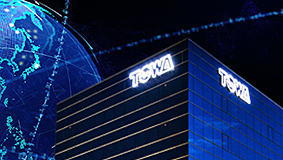
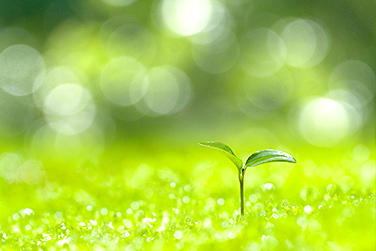

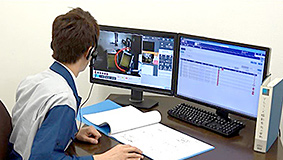
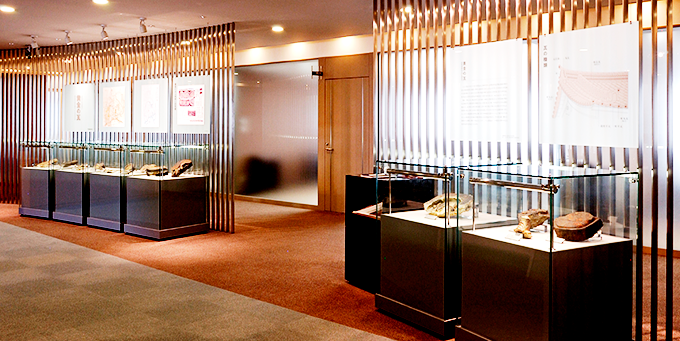
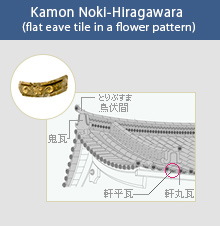
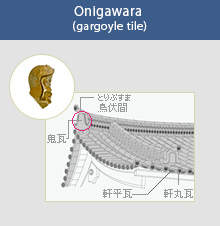
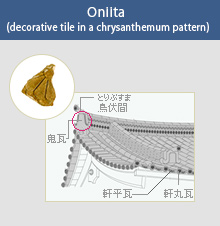
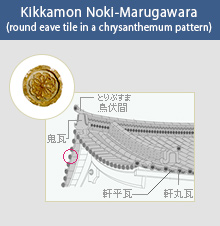
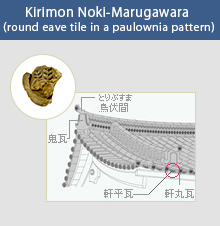
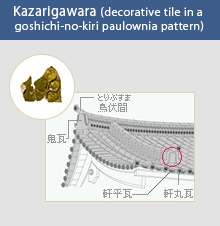
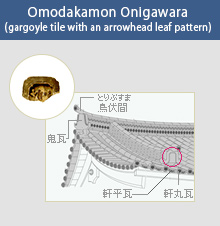
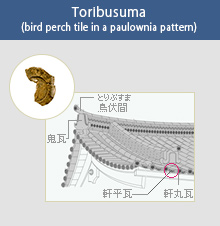
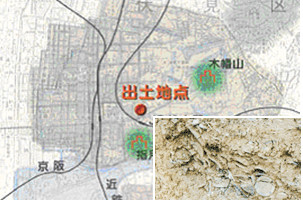






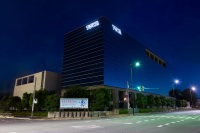
 From Kyoto to the World
From Kyoto to the World
